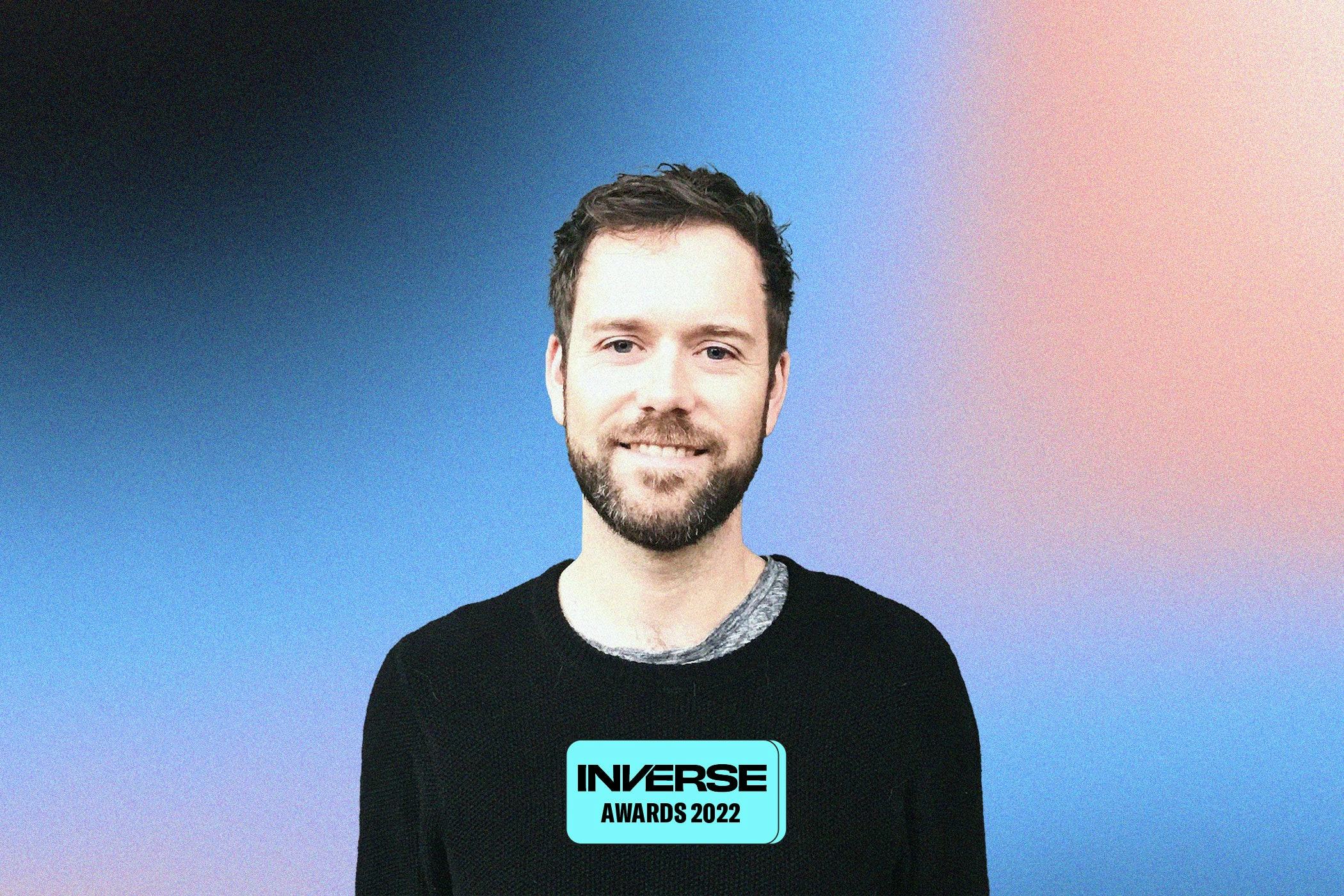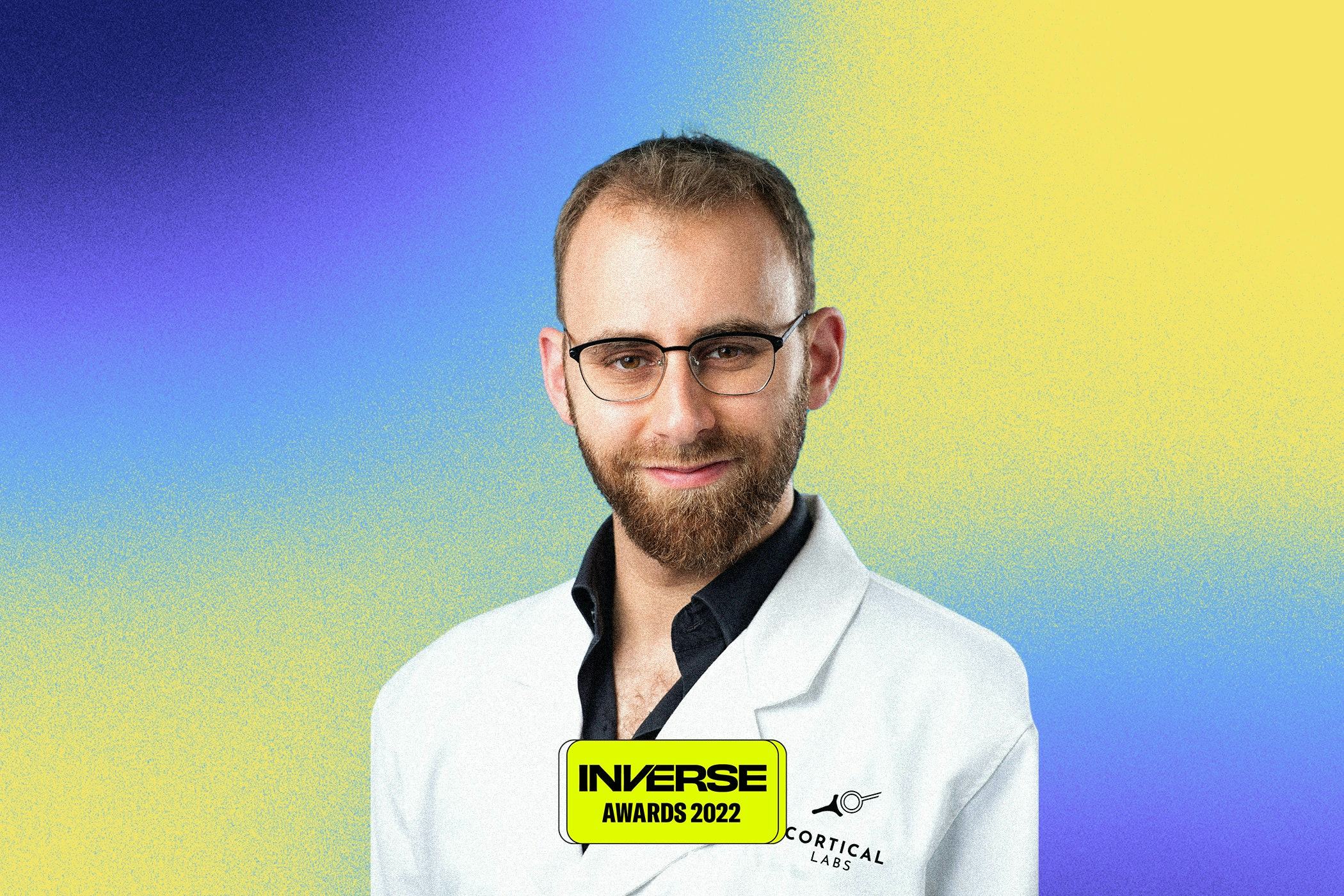
At its core, science is a frustrating field. Those that take on the profession prove themselves wrong far more often than they prove themselves right. And the process itself can be staggeringly gradual. A successful career could mean you’ve inched the meter ever so slightly further in one direction.
But once in a while, a breakthrough happens. An experiment makes an unexpected turn, an observation sends the meter spinning, landing on a new path, or a study proves a theory researchers long suspected true, finally revealing unopened doors.
This year, Inverse highlights four early-career scientists whose work in 2022 transformed, shifted, or reshaped their field. Welcome to the Breakthrough Awards.
Sergiu Pașca designed a clever way to model the human brain

A neuroscientist at Stanford University and originally from Romania, Sergiu Pașca has spent the better part of his career trying to find a better method to study the human brain.
This year, his work turned a major corner. In a paper he published in October, his team at Stanford turned human skin cells into stem cells and then into neurons. If that wasn’t enough, he then transplanted those neurons into the brains of newborn rats, where they successfully grew in their new environment.
Pașca hopes this will allow researchers to better study and understand neurodevelopmental disorders like autism and schizophrenia, which have been understudied for far too long. “For a couple of the psychiatric diseases that we've been studying, we're getting very close to running clinical trials to move towards the clinic,” Pașca told Inverse’s reporter Elana Spivack. “I think now I can finally see the light.”
Read more about his breakthrough work here.
Mariafelicia de Laurentis helped photograph a black hole

Black holes are among the most mysterious objects in our universe. They come to be as the cores of supermassive stars and are so incredibly dense that space and time cease to function. Imaging them is a near-impossible task. But Mariafelicia de Laurentis took on that challenge, along with a team of astronomers and astrophysicists who collectively make up the Scientific Council of the Event Horizon Telescope.
This year, the team of scientists used the Event Horizon Telescope to take the first-ever image of the supermassive black hole at the center of our galaxy, Sagittarius A*, in May of 2022. In doing so, de Laurentis and her colleagues tested Einstein’s theory of general relativity. “For the first time, we [could] test Einstein’s [theory of general relativity] directly at the edge of the black hole at the ultimate frontier constituted by the event horizon, the region of no return,” de Laurentis told Inverse’s reporter Jon Kelvey.
Read on about what this means for how we view our galaxy going forward.
Colin Averill is mapping the world’s microbiome

By now, we all know the importance of our gut microbiome: the collection of bacteria, viruses, and fungi living in our digestive tracts. These little bugs have an enormous impact on our health. But this concept isn’t limited to our guts — or even to humans. There are microbes all around us, in every corner of the Earth, and they play a key role in keeping our planet healthy.
Colin Averill and his team at EETH Zürich, a research institute in Zürich, Switzerland, say that a key to preserving Earth is to preserve the microbial diversity in the world’s soil. “The more we look, the more we find these microbes have a major effect on how ecosystems work. We need to protect it to the best of our ability,” Averill told Inverse’s reporter, Tara Yarlagadda. This year, his team created one of the most comprehensive overviews of Earth’s microbiome. “It was just really exciting that there was something that was obviously so important and simultaneously wide open and unknown,” Averill said.
Read on to learn more about how he did it and the impact it could have on saving our planet.
Brett Kagan taught brain cells to play Pong

No endeavor in science is too bizarre, and Brett Kagan proved that sentiment true. This year, Kagan and his colleagues at Cortical Labs in Melbourne, Australia, grew brain cells in a lab and then taught them to play an abridged version of the computer game Pong. Why you might ask?
It could open up a whole new way of studying how the brain works and might help us better understand human intelligence, too. As Kagan tells Inverse reporter Miriam Fauzia, “unless you’re looking at how neurons are adaptively processing information, you’re not looking at the truest, most fundamental function of the neural system.”
Read the rest of his incredible work this year, here.
INVERSE celebrates the best of the best in entertainment, gaming, science, and technology of 2022. Go to the INVERSE Awards hub.







